Visit the Palace of Caserta
Designed in the 18th century by Luigi Vanvitelli, under the charge of Charle III of Bourbon, the Reggia (Royal Palace), which represents the triumph of the Italian Baroque, is one of the most important works of the famous Neapolitan architect. Any visitor remains enchanted by the beauty inside and the magnificence of the outside. Shall we visit the Palace of Caserta? Today we are going to tell you a little about its history and present the attractions and beauties of this fascinating place! Here at Your Travel to Italy with Ana Patricia you make the trip of your dreams!!! ALSO: see our “Accommodation in Italy – Tips for your holidays!”
Introduction
Accurate in details and articulated over four monumental tenements, the building faces a scenic park, which is now the target of thousands of tourists. The Reggia di Caserta (Royal Palace of Caserta) and its park are two jewels of incomparable splendor, included in the UNESCO World Heritage List of 1997. If you are in Rome, take a full day excursion to the Royal Palace of Caserta.
1) Visit the Palace of Caserta: VISIT THE COMPLEX
The Reggia di Caserta presents itself as a true and monumental complex that occupies 45.000 m² and, with its five floors, reaches a height of 36 meters. Over the main façade, 143 windows open and in the palace there are 1200 rooms and thirty-four staircases. The building is made of bricks and the lower two floors are covered with travertine plates. The entire structure is crowned by a wide central dome. Visiting its interior, you will be surprised by the succession of stucco, bas-reliefs, paintings, sculptures, intarsia floors. Notable are those of the Astrea Room, the Mars Room and the Throne Room. The latter is the largest of the royal deposits and was intended for the reception of personalities. The most scenic parts of Reggia are the set of atriums and the monumental staircase of honor and the chapel.
Source: World Heritage Journeys
2) Visit the Palace of Caserta: LEARN A LITTLE OF HISTORY
Naples was considered, in the middle of the years in the middle of the 18th century, the southern cultural center where, thanks also to the prestige obtained as capital of the kingdom, there were avid characters of Neapolitan culture. Those were the years when diggins were done in Ercolano and in Pompeii, so different artists and diplomats, mostly French, attracted by the natural beauty and generally from the south, had inserted Naples into one of the goals of the ‘Grand Tour’.
Charles of Bourbon
It is of historical conviction that Charles of Bourbon aspired and looked with emulating interest at the monumental frame that had characterized Luigi XIV’s monarchical absolutism. The acquisition, therefore, of Caserta and the project of transferring the new city from the court with all the institutional headquarters of the Kingdom, the desire to give the lineage greater prestige, and to please his personal predilection for great works, became a compelling necessity for Charles III because of the feared English attacks from the sea.
Charles III
The plain of Caserta seemed the ideal place and, after some uncertainty, Charles III entrusted the architectural work to Vanvitelli, requested and obtained the permission of Pope Benedict XIV, because Vanvitelli was the architect of the St Peter’s factory to the direct dependencies of the Pontifical Court. Born in Naples in 1700, he was fifty years old when he was in charge of this work, in full artistic maturity and strong from a long experience acquired in Roman factories.
The project
In the middle of the 1750s preparatory studies for the project began, which was elaborated largely in 1751, about a year was necessary for the study. Sixteen tables engraved on copper by the famous engraver Carlo Nolli defined the final painting of the first project that comprised not only the Royal Palace and its dependencies, but also the installation of the new city with the ideal ligament in Naples that departed through the Grand Cascade. The project, in its elaboration, was always carefully followed by Charles III, who gave indications and suggestions. On January 20, 1752, the same king with great solemnity laid the first stone, after being blessed, in the presence of the queen, foreign ambassadors, on the pontifical nuncio and an innumerable crowd.
The works of the New Royal Palace
The works of the new Royal Palace lasted more than twenty years under the brave and highly organized direction of Luigi Vanvitelli until his death in Caserta on March 1, 1773, and then later, the works were entrusted to his son Charles. That innumerable crowd is still present today, ideally, almost an evidence of historical continuity, that enchanted visit this severe architectural marvel, remains shocked by its magnificence.
Defined as one of the most harmonic, most logical, most perfect planimetric creations of all time, the Royal Palace was completed in 1845, although it was already inhabited in 1780. The Royal Palace of Caserta combines a strict installation with the scenographic prodigies of a typical 18th century Royal Palace. The Royal Palace occupies an area of 45,000 m² and the internal spaces of the palace extend through 1,200 rooms.
3) Visit the Palace of Caserta: VISIT PALATINE CHAPEL
Through the Grand Staircase of Honor it is possible to access the Palatine Chapel. Symbol of the absolutist and catholic royal supremacy, and the Royal Deposits embellished by the decorations of artists and artisans, an expression of the taste and splendor of the Borbonic family, it has been the spectacular scenario of the entrance of the Heads of State for G7 Summit taken up by televisions around the world. The staircase, inserted in the Vestibule, in the Royal Deposits and the Palatine Chapel on the upper floor, is an invention of 18th century scenographic art and connects the lower to the upper vestibule, from which the royal deposits are accessed.
The Palatine Chapel, designed by Vanvitelli even in decorations, is in fact the environment that more than so many shows a clear analogy with the Versailles model. Also noteworthy is the court theater, an admirable example of theatrical architecture from the 18th century: the horseshoe room, instead rounded, became solemn due to the particular arrangement of the columns, the giant order, also the other environments are of exceptional beauty.
4) Visit the Palace of Caserta: VISIT PINACOTHECA
The Pinacotheca inside is organized in a series of connected chambers and houses numerous paintings representing still lifes, warlike events and portrayed by the Bourbon family. In the old room there is a borbonic nativity scene, a great passion of the noble family for which the Neapolitan tradition arose for the preparation of the Birth. The palatine library is attached to the queen’s rooms, a refined and highly cultured woman, and finally decorated by reliefs and paintings, including the one that reproduces the zodiacal signs and constellations, followed by Vanvitelli’s drawing. Spectacular are also the rooms dedicated to the four seasons. Naturally, the Reggia has many chambers, splendid lounges, reading rooms, the theater and others, but to give the right to honor all areas of the royal palace, we have nothing left but to visit it.
5) Lets visit the Palace of Caserta: VISIT THE ROYAL PARK
Its splendor and vastness are announced until the entrance to the Royal Palace, when the ‘green’ as far as the eye can see fits between the arcades of the central gallery and the bundles of pillars of the tenements, an axial symmetry strongly desired by Vanvitelli, who had conceived it for a development of kilometers, beginning with the great avenue with which he had connected Naples to the Royal Palace.
The Competition
The idea of King Charles to compete with Versailles allowed Luigi Vanvitelli to think big. Just remember that to bring water to the fountains and the waterfall, the architect, also strong in his mature experience with the Vermicino Aqueduct, excavated wells of incredible depths, drilled mountains, elevated a powerful viaduct over 528 meters to sixty meters, known as ‘Ponti della Valle’ (Bridges of the Valley).
The enterprise required sixteen years of work, but at last the Park had that mass of water necessary to enliven the Grand Cascade, the numerous Fountains and the Great Fishpond. Luigi Vanvitelli, however, could see the works just started, it was his son Charles, with some modification, to complete the Park, the design, fundamentally, remained that of Luigi, which is due to his architecture.
The Monumental Fountains
In 1773, the year of his death, the creator had not seen just one of the projected fountains, so it must be Charles who made the statues that should adorn it, fitting them in the geometry of the meadows, through a dense line of sculptors. and tanks, tree spinning and holm oak groves.
Six monumental fountains: the Margherita fountain, the Fountain of the Dolphins, of Aeolus, of Ceres, of Venus and Adonis, of Diana and Actaeon. The Margherita fountain is the first to be found in the Royal Palace Park, and it is the most modest, being decorated only by the sculpture of a basket.
Fontana dei Delfini (Fountain of the Dolphins)
The Fontana dei Delfini (Fountain of the Dolphins) is quite diverse, where a body of water makes up a small circular lake, adorned with the sculpture by Gaetano Salomone: two dolphins that stand beside a monster with a dolphin’s head and body and arms and claws.
The Park and its Beauties
The park is a typical example of an Italian garden, built with vast meadows, rectangular flowerbeds and, above all, a triumph of water games. Along the central axis, tanks, fountains and waterfalls continue, adorned by large sculptural groups, which create a scenographic effect of great impact that reaches the summit in the Grand Cascade. The Park extends to the top of the hill before the Palace. Unique is the English garden, less symmetrical in relation to that Italian, desired by Maria Carolina d’Austria, where numerous indigenous and exotic plants were planted, among which some beautiful Lebanese cedars.
Useful information
In order to help you will find below some useful information. For more information just click here!
Tickets:
- Tickets with self-guide in Italian, English, Spanish, 5 Euros per person;
- Guided tours (01h30min): from 120 Euros;
- Headphones 2 Euros per person, subject to authorization for a guided group with more than 6 visitors.
Opening Hours:
- Monday to Sunday – from 8:30 am to 7:00 pm.
Address:
- Viale Douhet, 2 / a, 81100 Caserta CE (phone: +39 0823 448084).
Clique no botão abaixo e baixe sua cópia gratuita do Guia "Sua Viagem para a Itália".
BAIXAR MINHA CÓPIA DO GUIA!
Conheça nossos outros Guias de Viagem
Ver lista completa
Conclusion
Lets visit the Palace of Caserta? In conclusion, we can say that the Reggia de Caserta (Royal Palace of Caserta) is probably among the most beautiful and majestic royal residences that have ever been built. The Palace has environments, chapels, museums and theaters that house some of the greatest masterpieces of art from the 17th, 18th and 19th centuries.
If you feel insecure or have no time, and need help to organize your trip, do not hesitate to contact me! I will love to help you make your dream trip to Italy. And how can I do that? Continue reading this post until the end and you will understand how can we make your life and journey easier.
Did my post help you? If so, be sure to post your comment below, but if you still have questions just send me a message and I will reply as soon as possible!
An Extra Help for your Trip
The best content from Your Travel to Italy!
Learn more about our tours in Italy right now!
- What to visit in Italy in 10 days?
- The ten must-see places in Tuscany?
- The best tips to save on your trip to Italy?
- What are the 10 most visited cities in southern Italy?
- Airports in Italy? How to get to your hotel? (Venice, Milan, Rome, Florence)
- What to do in 1/2/3/4 days in the main Italian cities?
- The best tips on food in Italy (wines, typical food, enogastronomy tours)
- How to get from Fiumicino Airport to Rome downtown?
- Your Travel to Italy: 10 tips for traveling through Italy!
Best regards from Italy

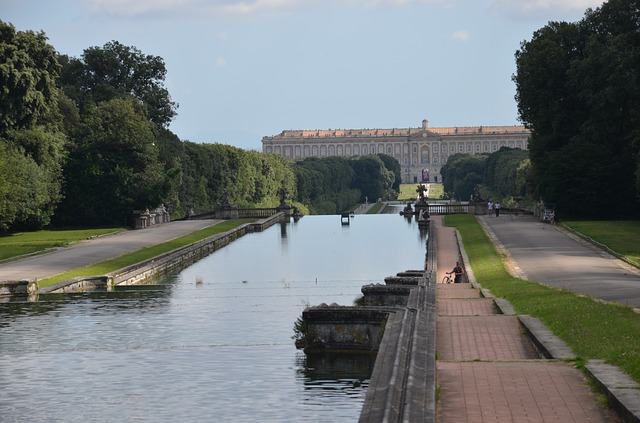
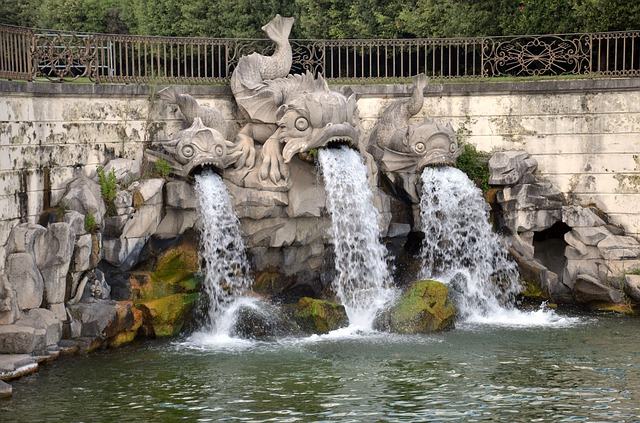
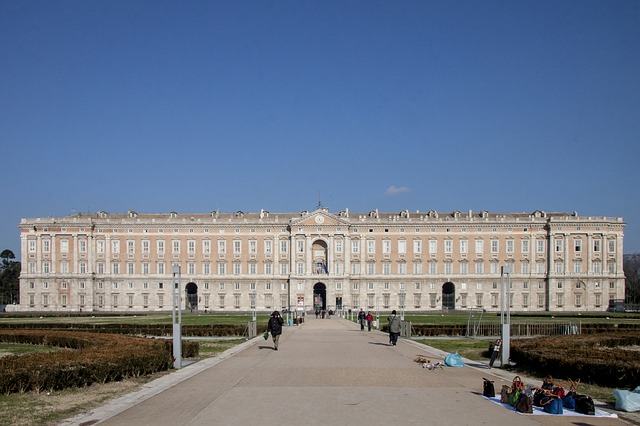
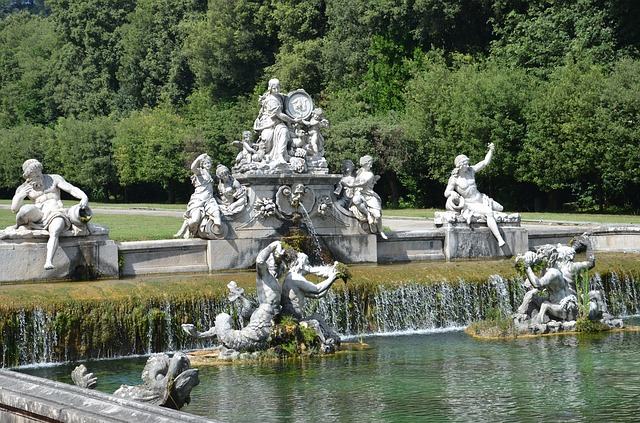
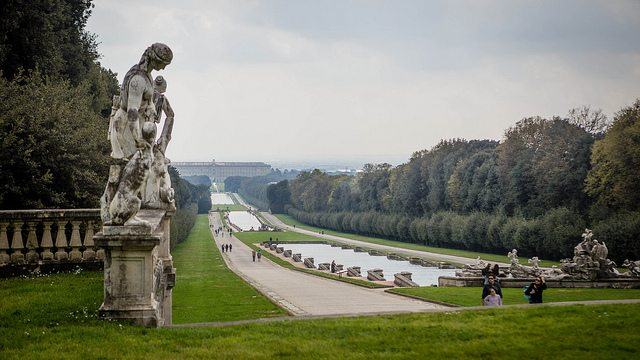
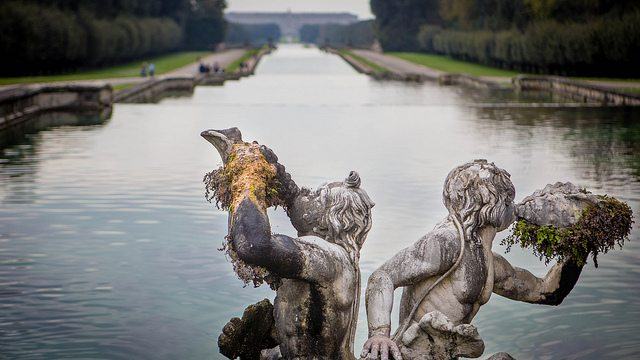
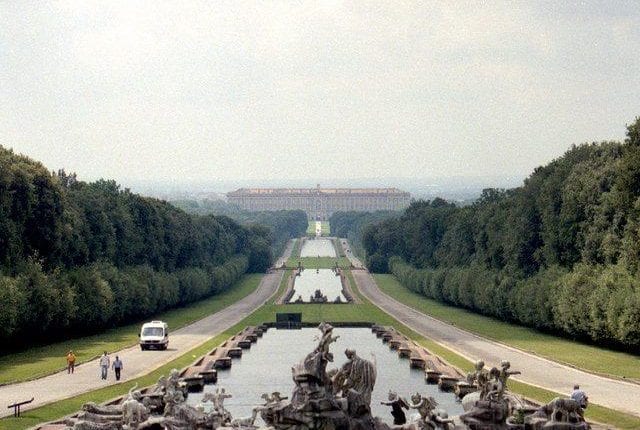
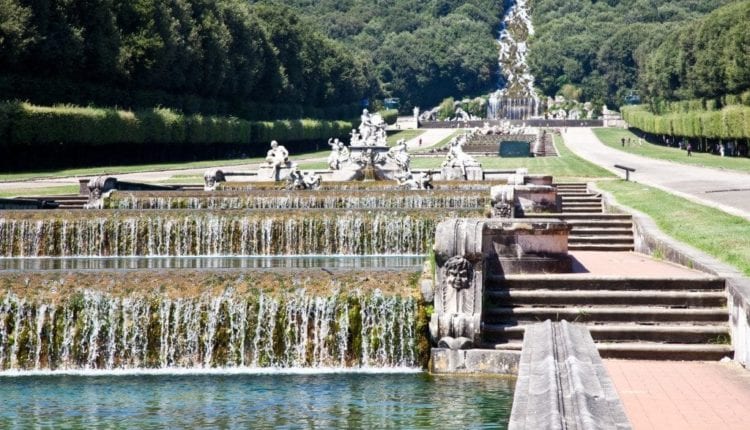
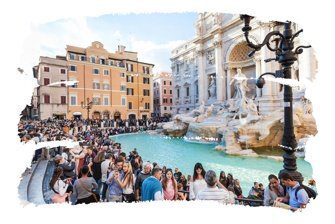

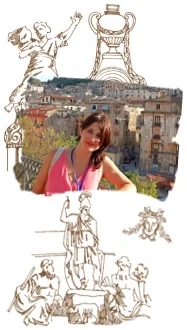

 Save money!
Save money!